Undoubtedly, you've probably seen and heard of compression socks before. Many health care providers, circulatory specialists, athletes, nurses, and anyone who stands for long hours or sits for long hours traveling have no doubt sung their praises as well. Compression socks, also called compression stockings, apply pressure to the legs and feet. They can help people treat specific medical issues while increasing the blood flow during exercise or stationary.
Have you ever wondered, however, how compression socks work? What is it about them that makes them an excellent addition to our everyday lives and health?
Let's dive into compression socks, how they work, and their benefits.
What Are They?
Compression socks are socks of various lengths designed to gently squeeze legs and feet a bit more than a regular sock for those brand new to compression socks or who want a refresher. The key intention behind a compression sock is to promote better blood circulation throughout the legs.
Some of the various choices in compression socks are those that end at the ankle or calf, over the knee or even open toes. Socks with more significant mmHg numbers apply more pressure, and some socks provide different levels of pressure in other areas, all in one sock.
Benefits of Compression Socks
You may be prescribed compression socks by your health care provider or choose to wear them to:
- Boost circulation in your legs
- Support veins
- Prevent blood from pooling in your leg veins
- Diminish leg swelling
- Reduce orthostatic hypotension, which causes lightheadedness or unsteadiness when you stand
- Help prevent venous ulcers
- Prevent the development of deep vein thrombosis
- Help lessen the pain caused by varicose veins
- Reverse venous hypertension
- Improve lymphatic drainage
- Ease tired, aching feet and legs
How Compression Socks Work
Compression socks increase the blood flow of your legs and feet by applying pressure to the veins in this area. The arteries that take oxygenated blood to your calves and feet can relax and let the blood flow more freely, allowing your heart to not work as hard to bring that blood back through your veins. This both assists in keeping the blood near the heart but can be preventative in fighting swelling feet. This can also assist people who stand or walk most of the day with less achy feet.
Many doctors will recommend compression socks for treatment for those diagnosed with and suffering from edema or lymphedema, or where swelling of the lower limbs frequently happens due to diabetes. Compression socks are used to help reduce varicose veins and spider veins or as a preventative tool to keep them from getting worse. These are usually blue or purple veins that appear when the valves in blood vessels fail, letting blood pool in one place or flower towards your feet instead of back up towards your heart.
If varicose veins continue to multiply and go untreated, it could lead to blood clots or venous insufficiency. Venous insufficiency is the inability of veins to send blood back to the heart efficiently. This can cause orthostatic hypotension or lowered blood pressure, which can lead to lightheadedness or even fainting after standing up suddenly. Compression socks can help with this issue by gently keeping excess blood from pooling in legs and feet. Pregnant women often wear compression socks to help with swollen feet.
When it comes to deep vein thrombosis, a type of blood clot that can form in a very large vein, compression socks can also help prevent this from happening. Unchecked, deep vein thrombosis can cause severe pain, swelling, muscle damage, and even lead to death. Pregnant women and those who have recently had surgery or have been on long plane flights are most susceptible to deep vein thrombosis.
For those at risk of phlebitis, these socks can also help you. Phlebitis is a blood clot in a smaller vein usually located much closer to the surface of the skin. This type of clot can lead to pain, fever, swelling, and a lump in the skin near the clot. It is not as severe as deep vein thrombosis, but both issues can lead to a blood clot traveling from the leg to another organ, which could lead to serious health issues.
Compression Socks Types
Most compression socks can be broken down into three primary types.
- Graduated compression socks
- Anti-embolism stockings
- Nonmedical support hosiery
Graduated Compression Socks
You'll find that Crazy Compression specializes in graduated compression socks. In graduated compression stockings, the compression level is strongest at the ankle and will gradually decrease as it goes toward the calf. This kind of design is hugely optimal for mobility and preventative measures. Graduated are the most common type of socks, and you'll find they are a popular choice for many people, especially athletes like runners or those who work long hours on their feet.
Who Can Wear Compression Socks?
The fantastic thing about compression socks is that you don't need a prescription. Anyone can wear a pair if they like, and there's no risk in trying them for most people. If you've ever worn compression socks before and found them painful, difficult to get on, or disliked the indentation left on your legs, many experts agree this is simply the case of purchasing the wrong size of socks.
To prevent these types of experiences, learning to measure your feet and legs for a proper fit while ensuring you purchase socks of high-quality, premium material will help avoid uncomfortable side effects.
The only time issues might crop up with using compression socks is in the case of severely ill individuals. Specifically, those who suffer a drastic reduction of heart function or have a serious peripheral arterial disease can have very poor blood flow between the feet, legs, and heart.
Tips for Those New to Compression Socks
- Make sure the fit is correct.
- Consider below the knee socks as they are more common.
- Remember that compression socks are just one part of a healthy regiment. Make sure to take any prescribed medications, drink plenty of water, stick to a low salt diet, and keep your legs moving if possible.
We hope you've enjoyed learning how compression socks work! If you're ready to try a pair of the best compression socks on the market today, take a look at what we have in stock!

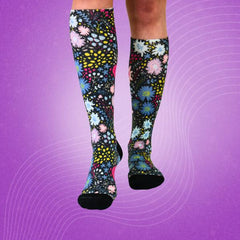
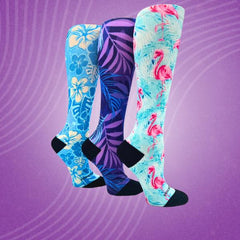
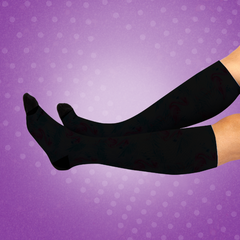

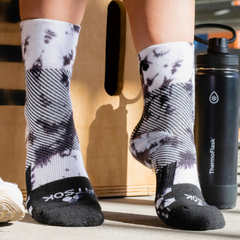
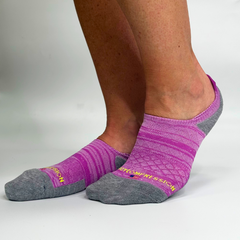




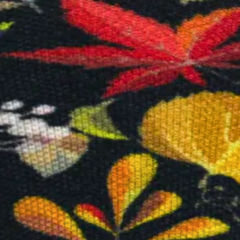

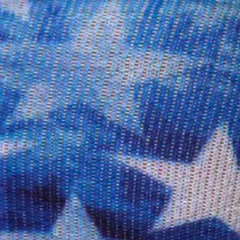


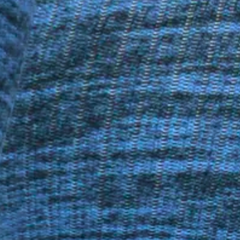
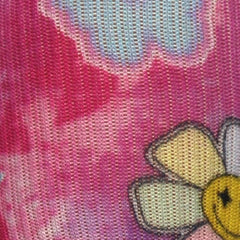

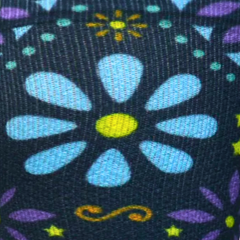
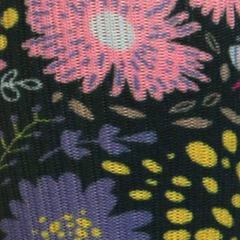
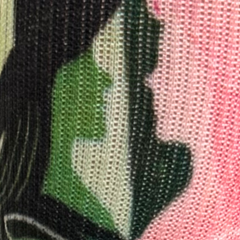
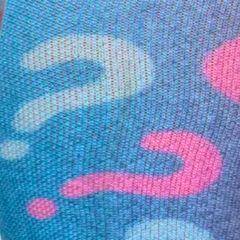
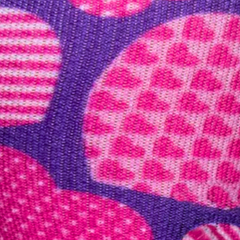
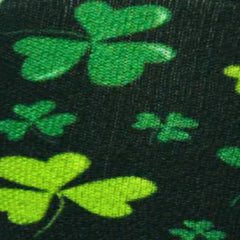
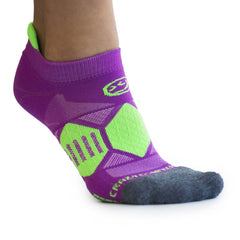

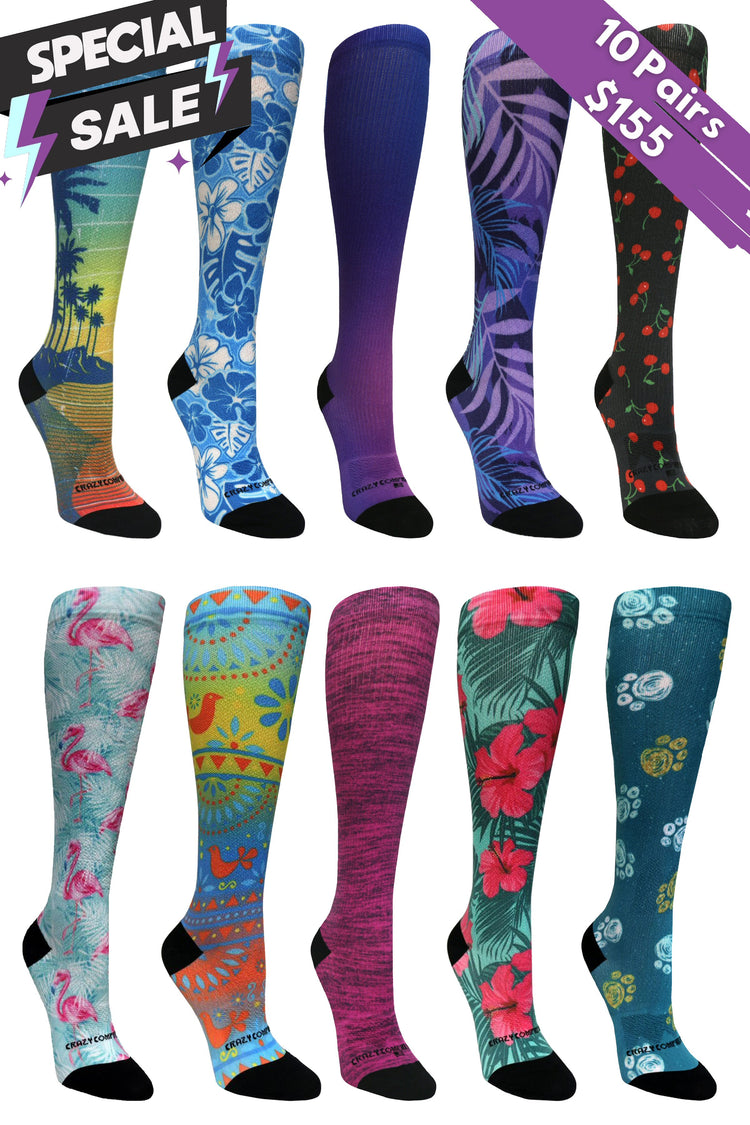


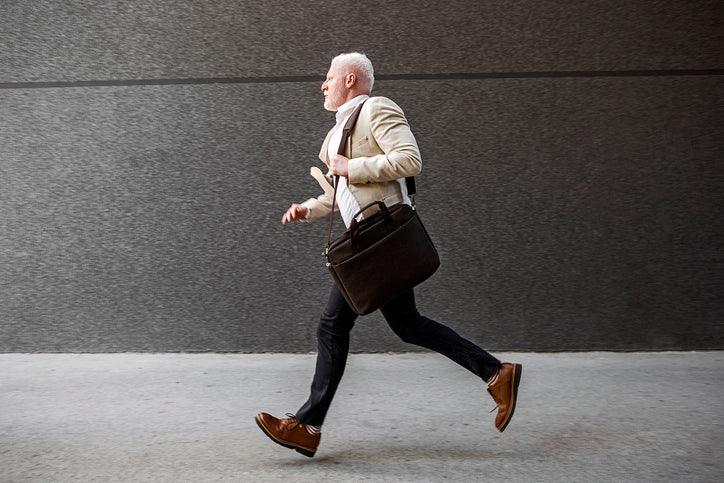


Leave a comment
This site is protected by hCaptcha and the hCaptcha Privacy Policy and Terms of Service apply.